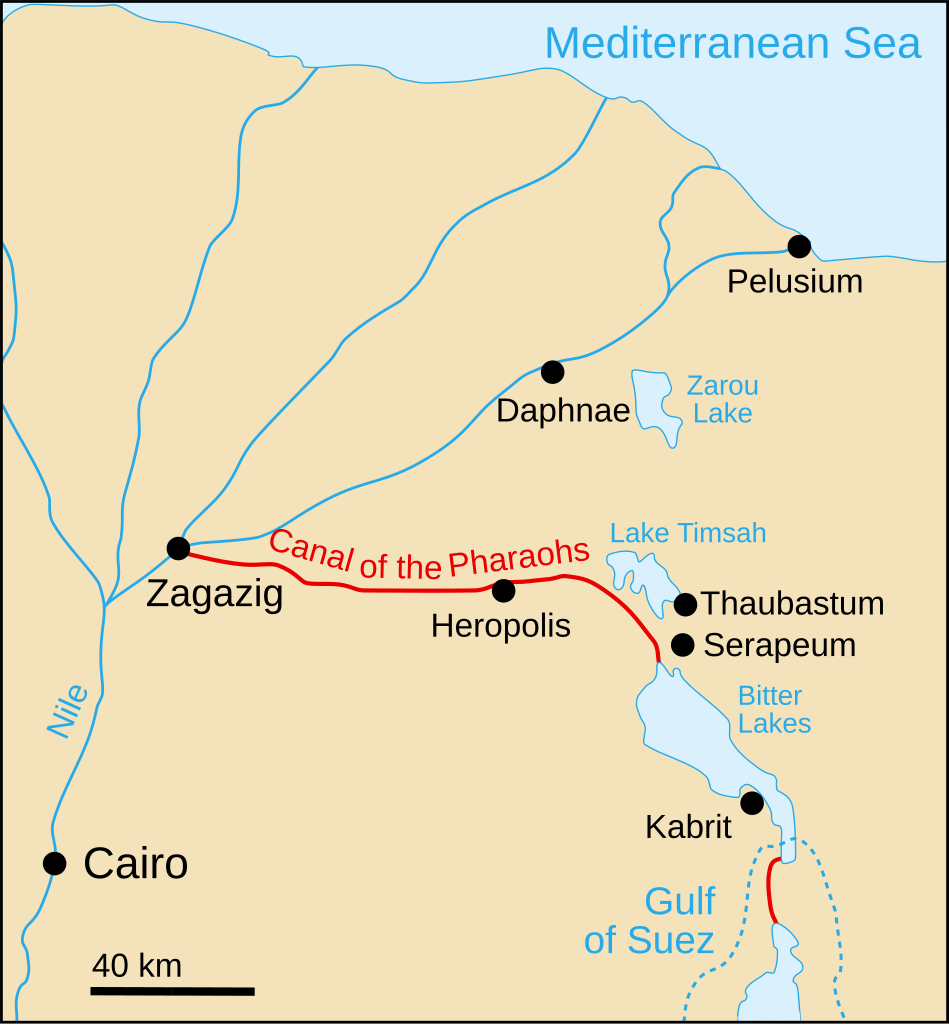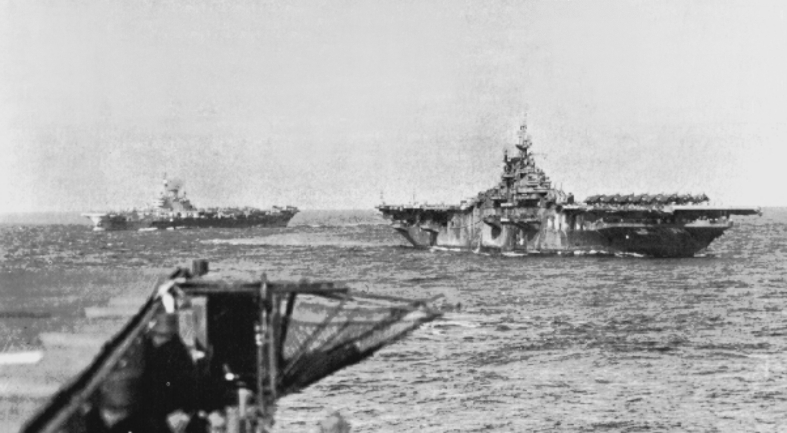By mid-1859, work was finally underway on the long-planned canal to unite the Mediterranean and Red Seas through Suez. Ferdinand de Lesseps, a disgraced French diplomat, had managed to overcome a tremendous tangle of financial and diplomatic obstacles to organize a company to build the canal, with the aid of Egypt's ruler, Said. The plan was relatively straightforward. While the final canal would run at sea level from Port Said in the north to Suez in the south, supplying water to workers in the desert would be extremely difficult, so another canal would be dug first, this one running from the Nile along the ancient canal route. Besides supplying the workers with water, it would also allow easier movement of material and allow irrigation of lands granted to the canal company by Said, which would help to finance the construction of the main canal. A great deal of work would also be required to turn Port Said into a suitable harbor for ocean-going ships.

Under the initial plan, the vast majority of this work was to be done by hand. Said had agreed to supply the company with labor from the corvee, an ancient practice where Egyptian peasants were liable for a certain number of days of unpaid labor each year. Corvee labor had built the Pyramids and the irrigation of the Nile Delta, and the Canal Company would be able to get its labor at far less than market rates. De Lesseps was concerned about how the wider world would react to his use of an institution that was essentially temporary slavery in a world where public opinion (at least outside the American South) was increasingly against any form of forced labor, but it was the only way to get sufficient manpower. At its peak, the company would have 60,000 peasants under the corvee, although only about 20,000 were actually working at any given time. And by the (admittedly fairly low) standards of forced labor, the workers were treated fairly well. They were actually paid a small wage, and the company was careful to make sure they were adequately supplied with food, water and medical care, although shelter was frequently lacking. The vast majority went home in good health, and some even chose to stay as paid labor when their term was done. Read more...







Recent Comments